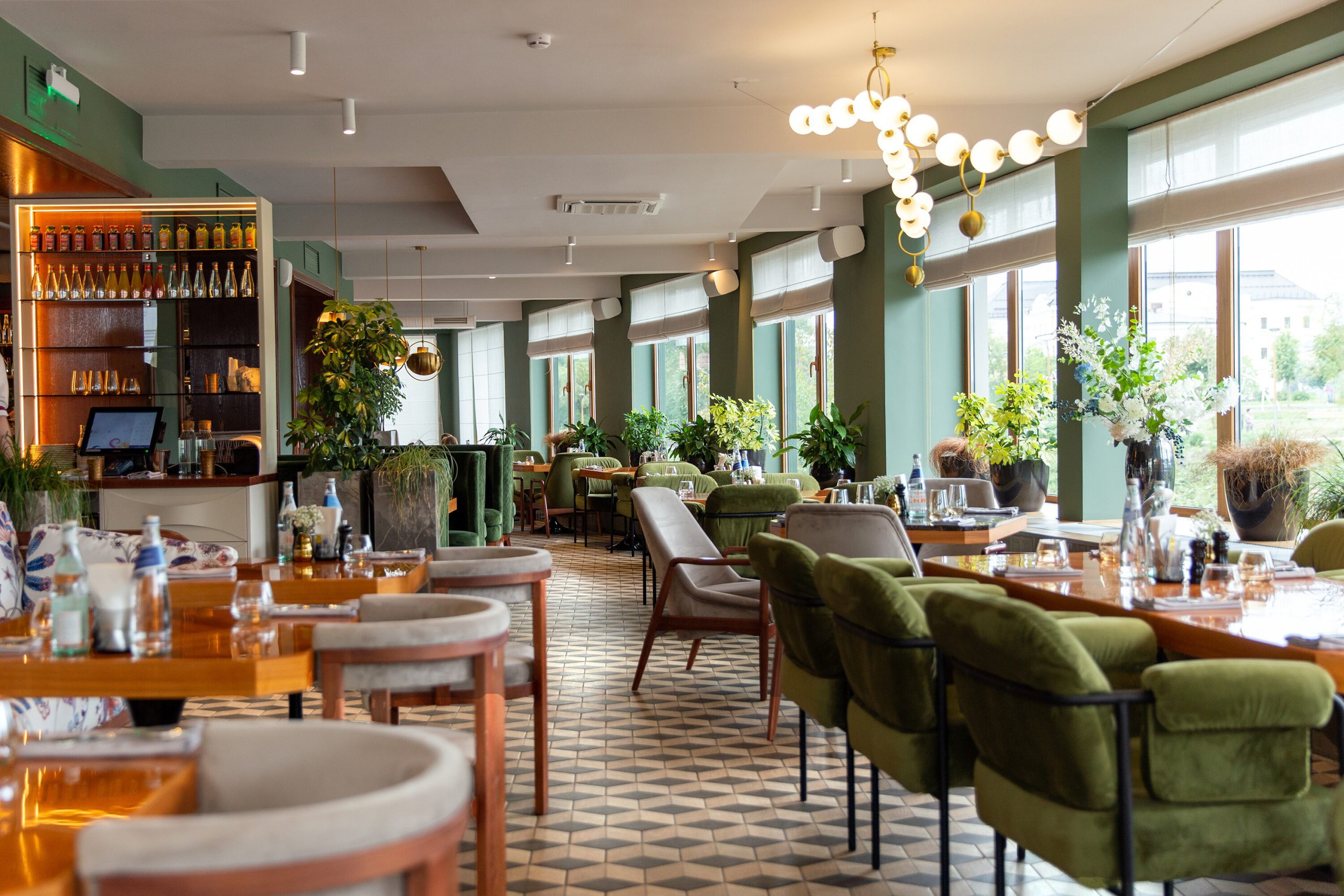
When it comes to commercial interior design, trends tell us what’s modern, catchy and in line with what consumers want.

In today’s age – whether for work or personal life – we look for interior spaces that feel relevant and stylish. For businesses, this means being mindful of trends that reflect our evolving tastes and present-day needs – without necessarily following them. ‘Trending’ is just a way of labelling what’s winning traction – what’s new, fascinating, and making people reflect on how they use their environments.
Because of the digital-driven world we live in, with so many options at our disposal, customers expect more. While it’s good to keep up with what’s proving successful, evolving with the future of commercial interior design isn’t about following trends – it’s about creating spaces that answer to how people live, work, and connect.
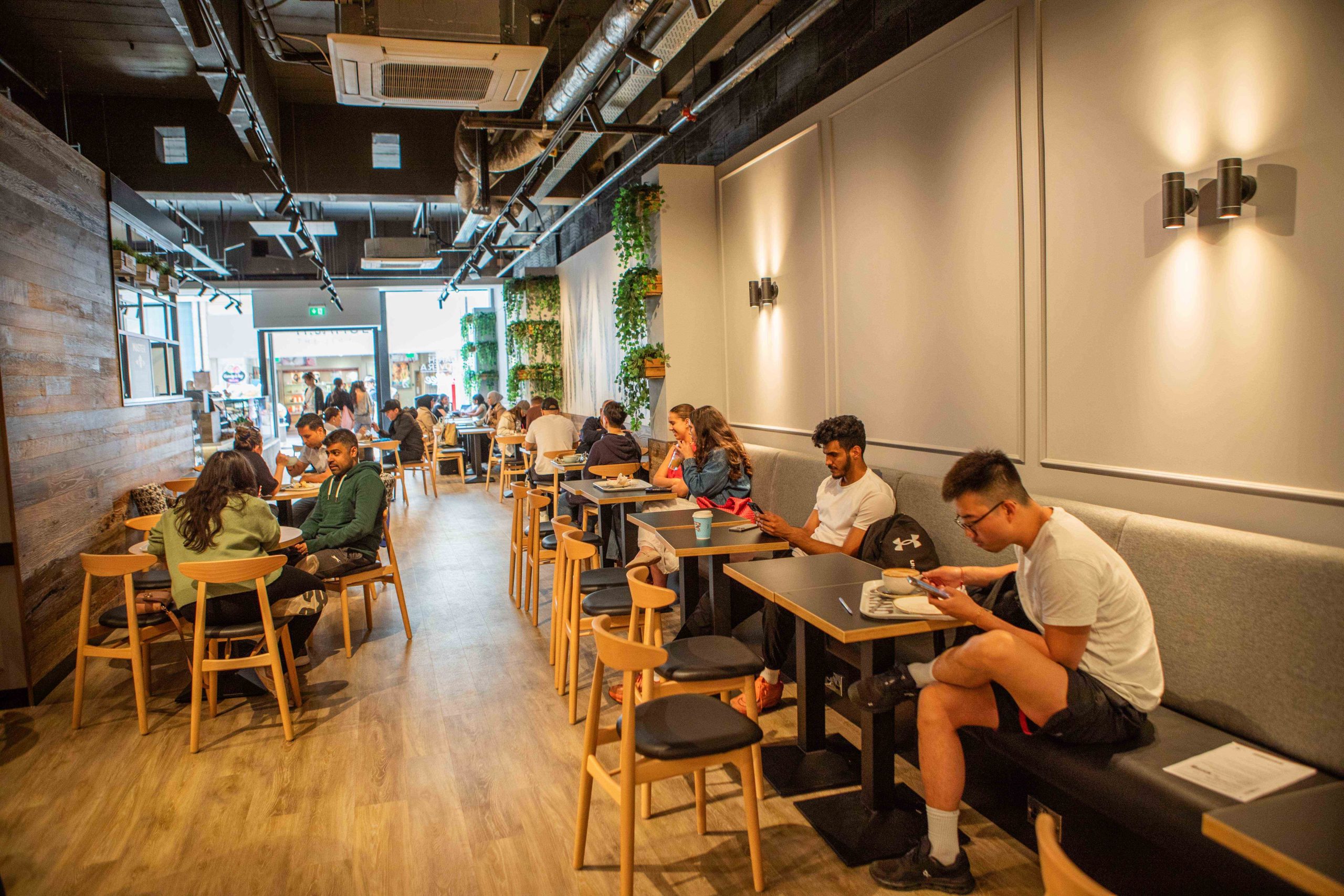
A well-designed space is great. It looks good, gets people talking and might even encourage people to snap a pic and share it online. But today, it’s about more than looks. Businesses are using interiors to create an experience. So, what transforms a traditional space into an interactive environment? It can start as simple as curated art pieces that tell a story and reflect a business’s culture or vision. But many business are adding their own personal touch with custom-made furniture, local art pieces and unique messages and greetings, showing their focus beyond mere transactions.
The future of commercial interior design is being influenced by trends that prioritise creating a worthwhile experience. These are the opportunities that businesses aren’t missing:

Sustainability is quickly becoming a business priority, which means a non-negotiable for commercial interior design. But what are businesses doing?
Businesses are opting for recycled, upcycled, and biodegradable materials, which can be more affordable than buying new and shows their corporate social responsibility.
Low-energy lighting and energy-efficient systems use less electricity and cut energy bills.
Biophilic design – bringing the outdoors in – is becoming popular with offices, hospitality environments and health and wellness centres to lower stress and create warm and welcoming spaces.
Customers are investing in the forward-thinking brands that are going green and loving it. Patagonia, typically known for their durable outdoor clothing, is proudly shouting about their sustainability efforts, and they’re not stopping at their retail interiors. They use recycled materials, eco-friendly furnishing and energy-efficient lighting throughout their spaces.
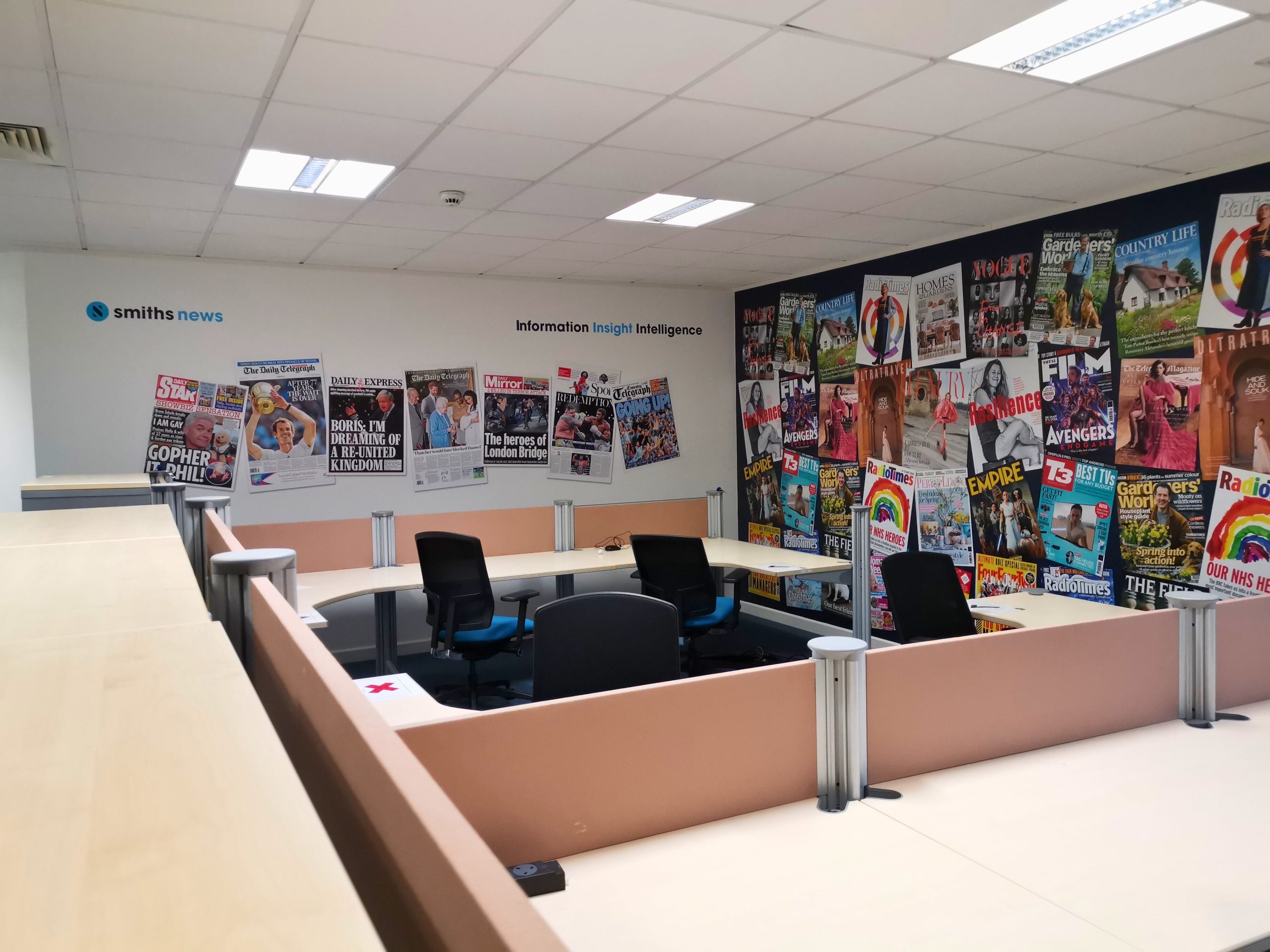
With the transition toward hybrid and remote work setups, businesses now more than ever need adaptable spaces that respond to changing needs. Equally, commercial interior spaces that are designed with flexibility in mind help businesses save on costly renovations. Workspaces can incorporate multi-functional areas that serve as both relaxation spaces and functional meeting rooms, and the potential doesn’t end there. The hospitality industry is pitching in with dining areas that can be modified based on the time of day or customer needs and branding elements that can be easily updated in line with seasonal promotions.

Introducing smart technology into commercial interior designs doesn’t mean losing cultural heritage or tradition. It can help create more sustainable and responsive environments for guests and employees. Here’s how it can work with any interior style:
Many commercial interior spaces imitate daylight by using cool lighting in the morning and softer lighting in the evenings to create a more relaxed environment. Lighting that adjusts throughout the day can minimise energy use and quickly shift the mood and ambience of a space.
Digital displays are perfect for high-traffic areas, offering information without overfilling the space. Some Interactive displays support data collection, which can help businesses analyse customer behaviour while keeping visitors involved and interested.
Streamlining operations, from reservations to day-to-day tasks, digital management systems improve workflow and allow businesses to address and respond to customer preferences immediately.
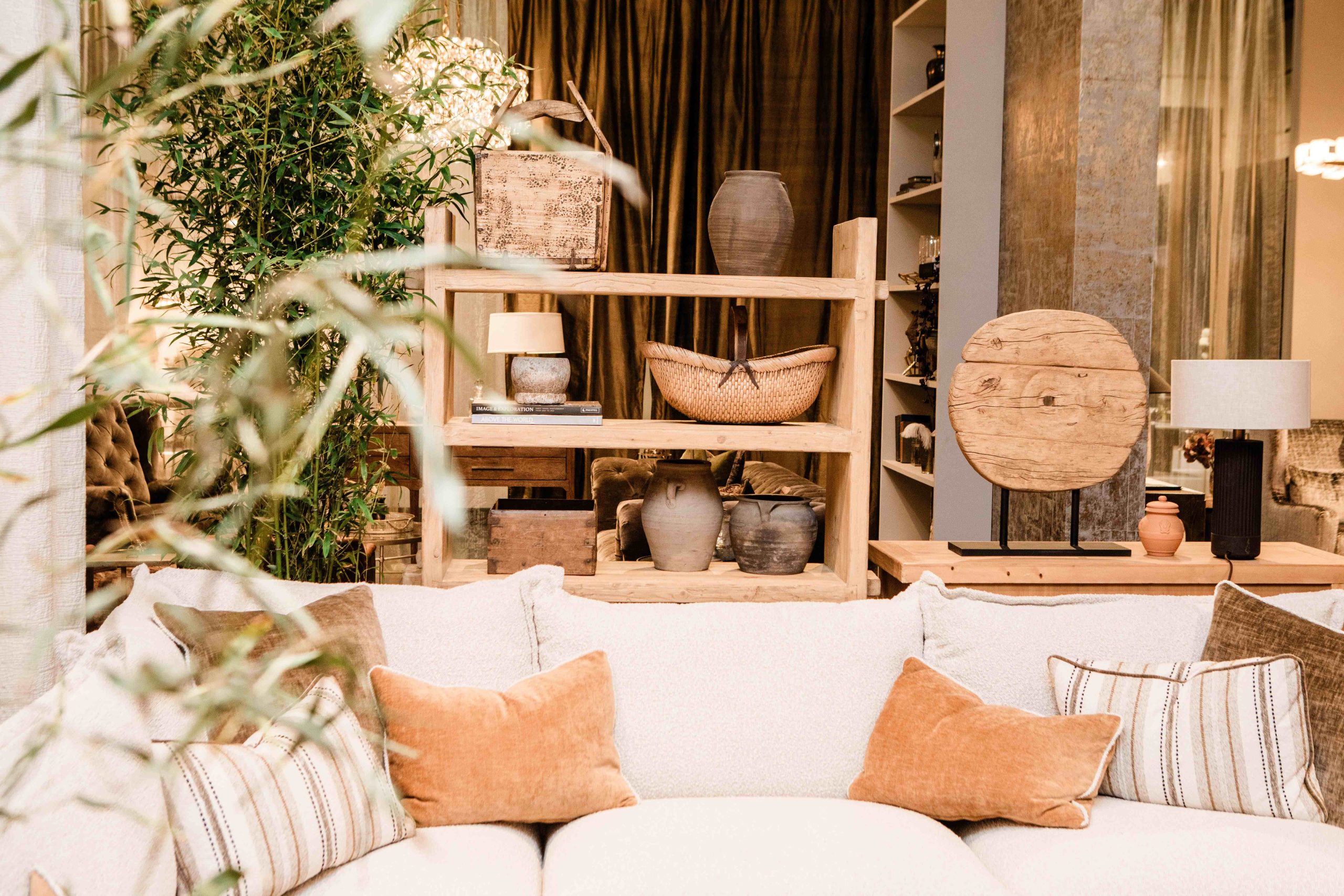
Businesses are taking charge of the wellness of their employees and guests, as they are recognising the impact that these environments have on productivity and overall satisfaction.
We’re not just talking about extra seating options, factors like air quality, lighting, and acoustics are becoming a much bigger deal. Improved acoustics lower noise distractions and create a more focused space. Cleaner air means employees can work longer and feel more stimulated. And the right lighting? It can boost the mood of a space, making it more attractive and welcoming.
Wellness in commercial interior spaces is no longer just an add-on, these elements make for a comfortable place to visit and directly impact people’s health.
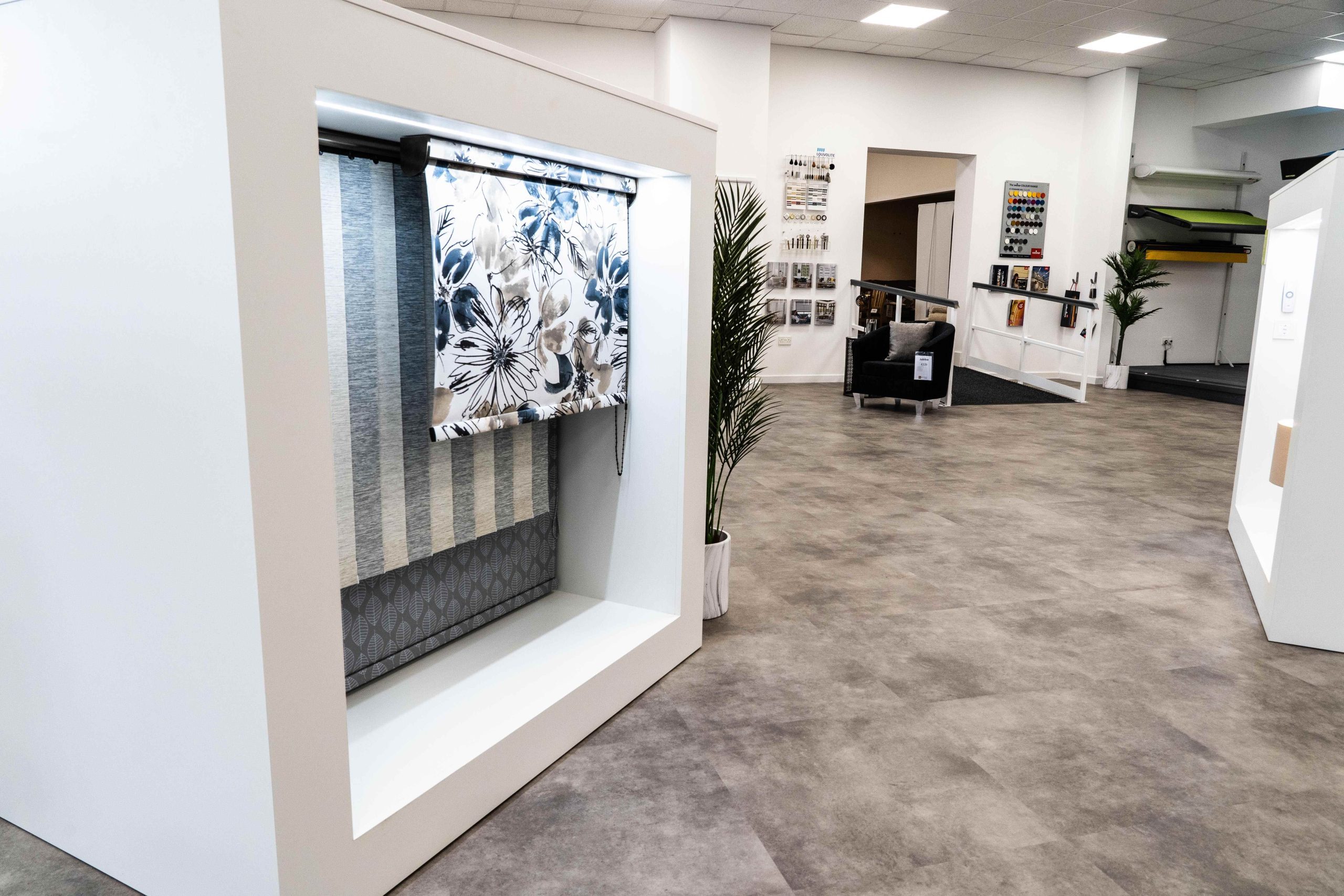
Inclusive and accessible interiors are moving from a “nice-to-have” to a must-have in commercial interiors – whether in workplaces, hospitality settings, or retail environments. People want to feel respected in the environments they use, visit and work in, regardless of their capabilities, age, or background.
Simple changes can make an impact:
As these changes continue to give us a glimpse of what’s ahead for commercial interior design, your space should always be open to change. A successful commercial interior space adapts to the changing expectations of employees and customers. This means prioritising a space that keeps on thinking and never settles for the one-size-fits-all design. If you want your space to be a sustainable investment that never fails to meet the needs of your people and your business, make versatility your priority.
Wagamama
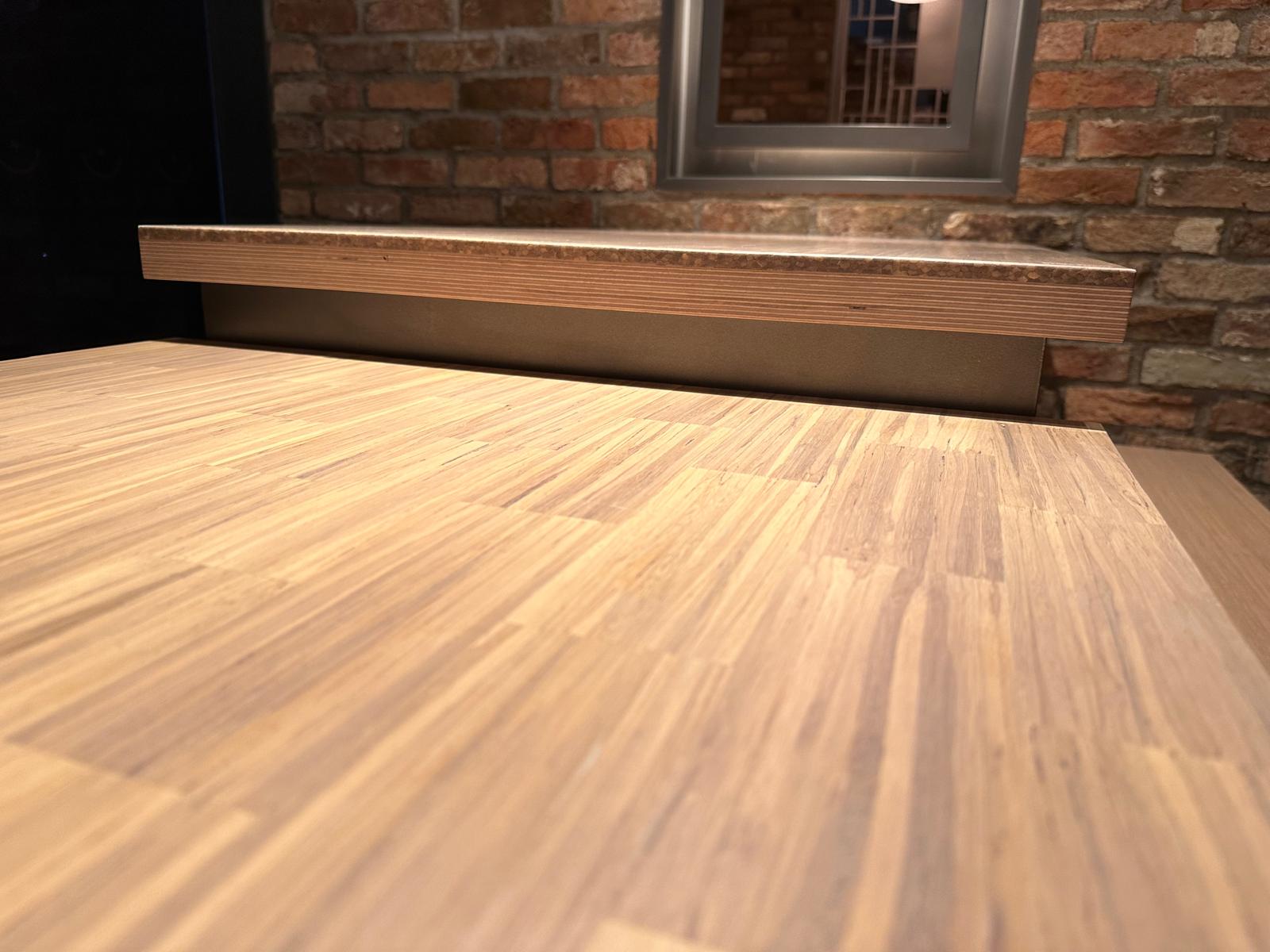
For Wagamama, the UK’s favourite Asian-inspired eatery, we’ve had the privilege of refurbishing several of their UK sites, creating spaces that are oriental and sustainable. The focus of these refurbishments varied with each project; some concentrated on upcycling discarded materials like timber from previous sites, using bamboo instead of ash for their table tops, and others were designed and installed against the SKA criteria. Each space became unique, with custom-designed features that give it character. The projects reflect Wagamama’s dedication to sustainability and ensure that every site has a unique feel.

At Spaces, we like to keep a watchful eye on what’s happening right now, and what this means for our clients. We take the time to understand what’s catching attention and what can be worked on. From there, we put your creative ideas into motion, seeing how far they can go. Our focus is to create spaces that feel true to your brand and stay ahead of the curve. We believe that the most successful businesses are always adapting and responding to what their audience wants. That’s where we come in.